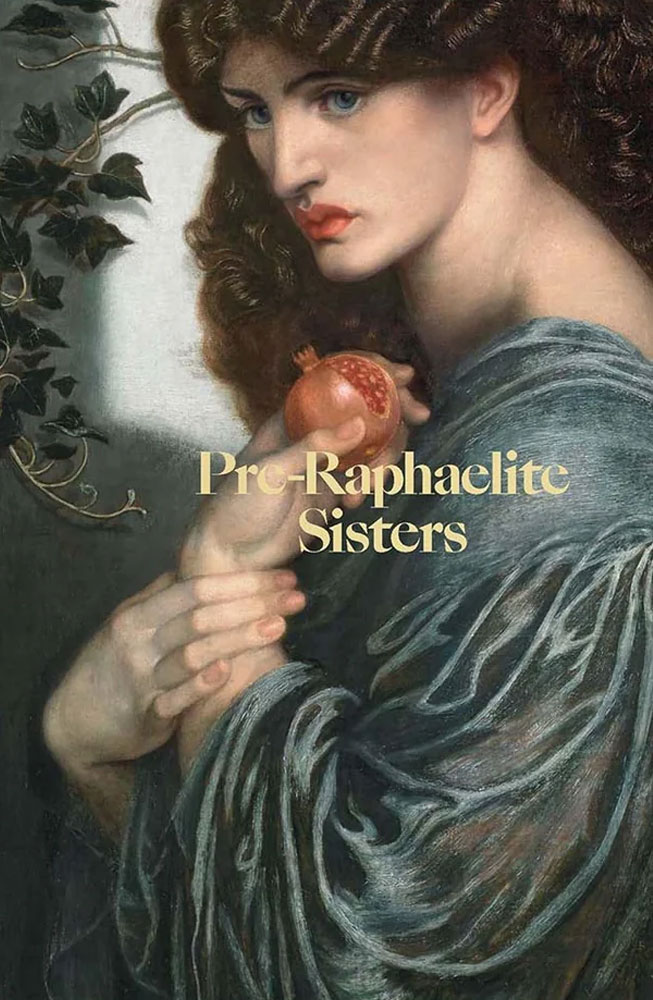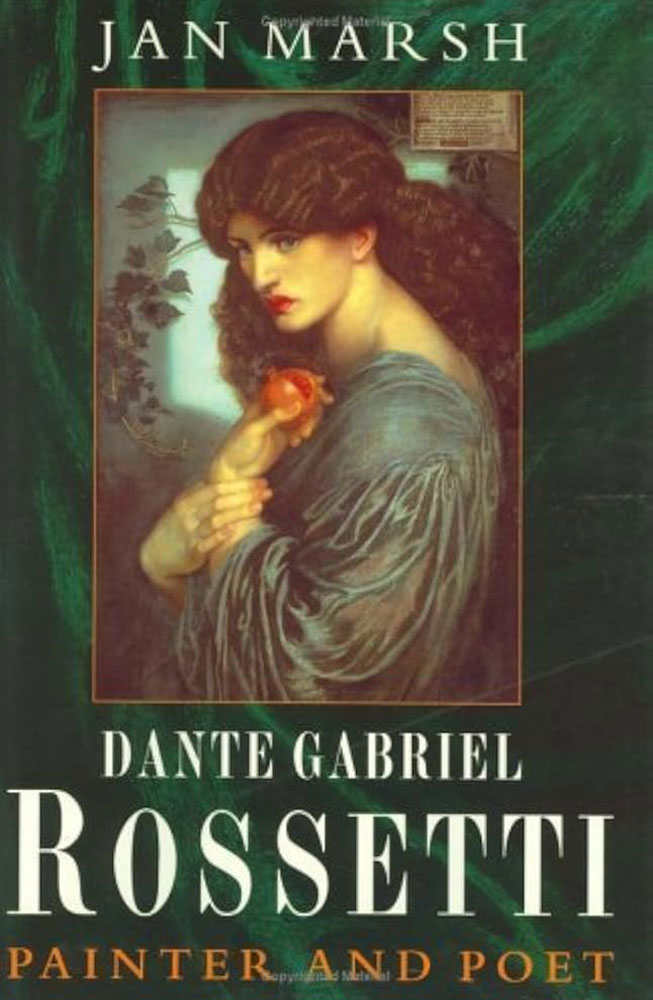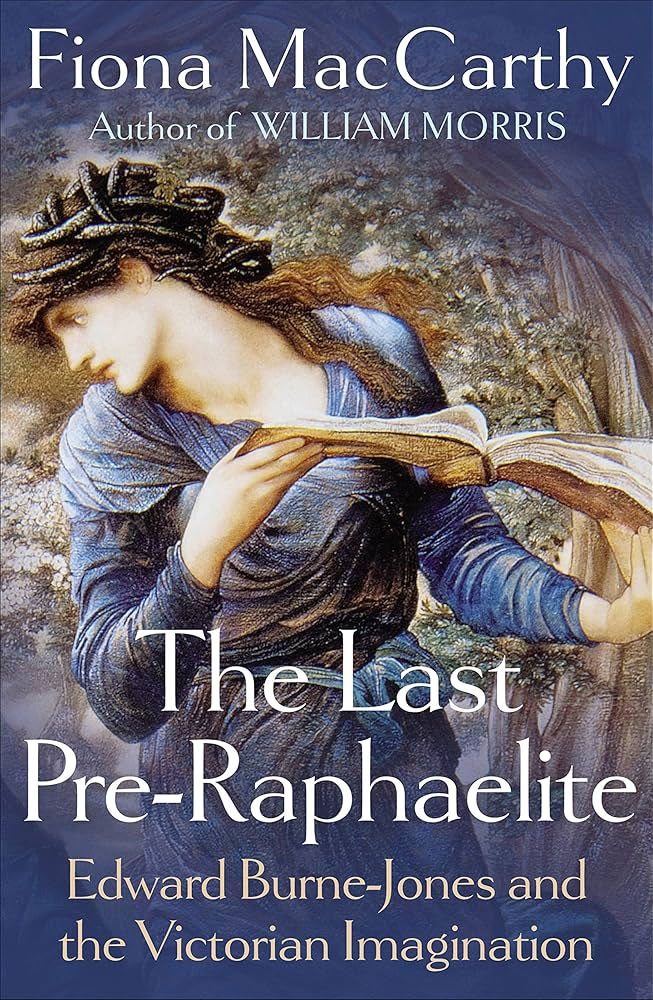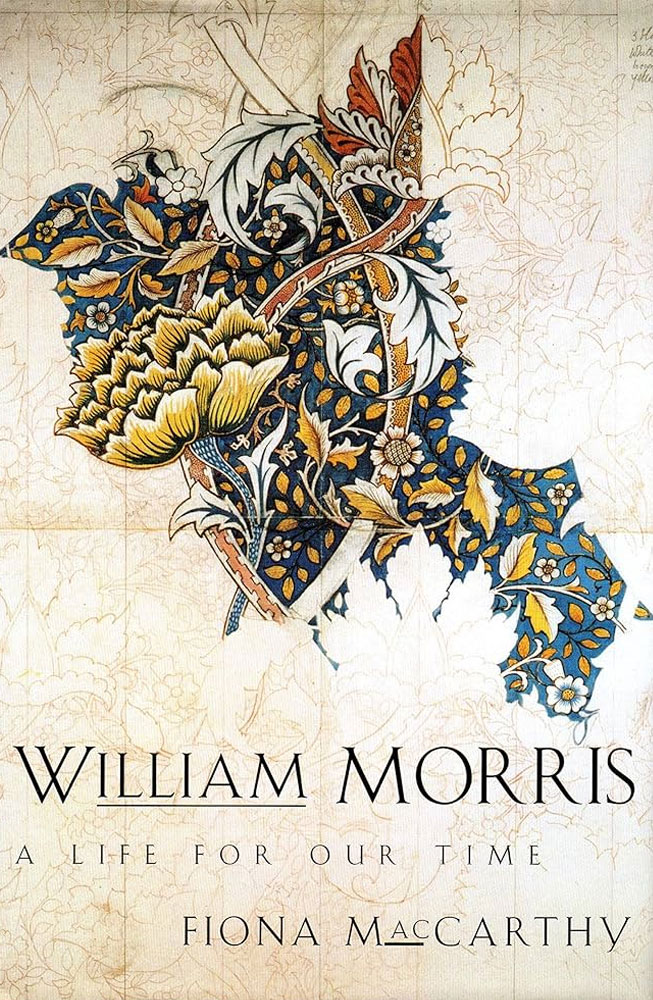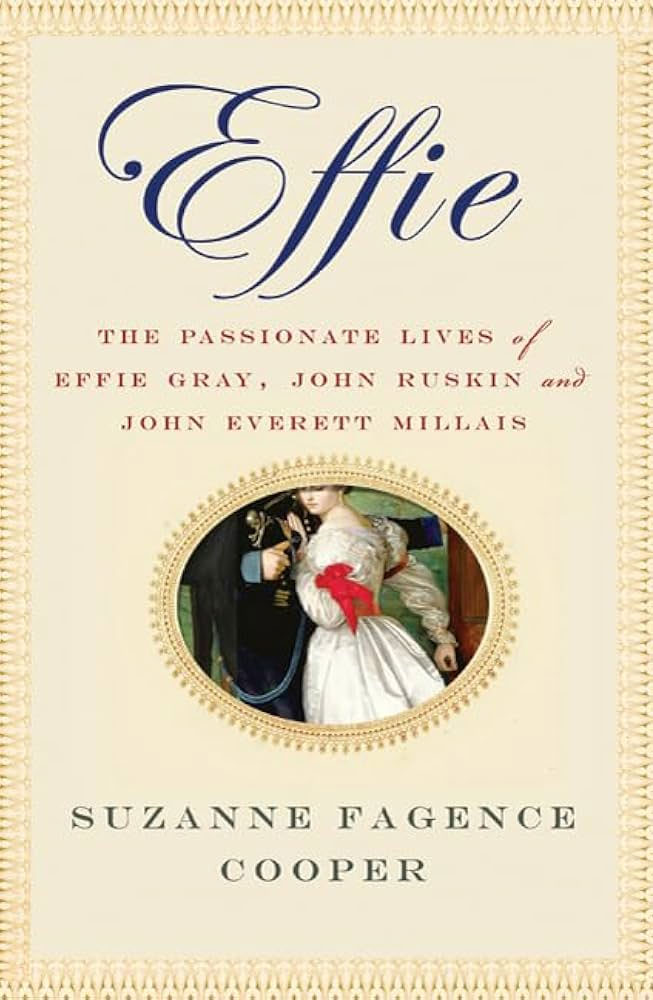Many years ago, on my first visit to London, I was running late for a tour, hurrying through the Tate when I stopped, absolutely astonished to find myself in the presence of So. Much. Color. The Tate was curated differently then but many of the same paintings are still on display. Thus began a lifetime of research, reverence and travel for this group of painters. I never found my tour…
The Pre-Raphaelites were a society of young artists founded in London in 1848. They were opposed to the Royal Academy’s promotion of the ideal as exemplified in the work of Raphael.
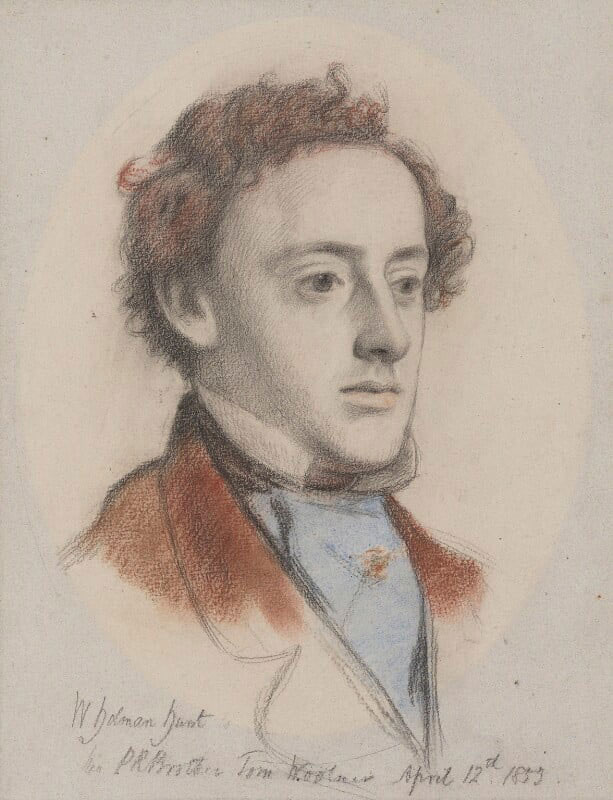
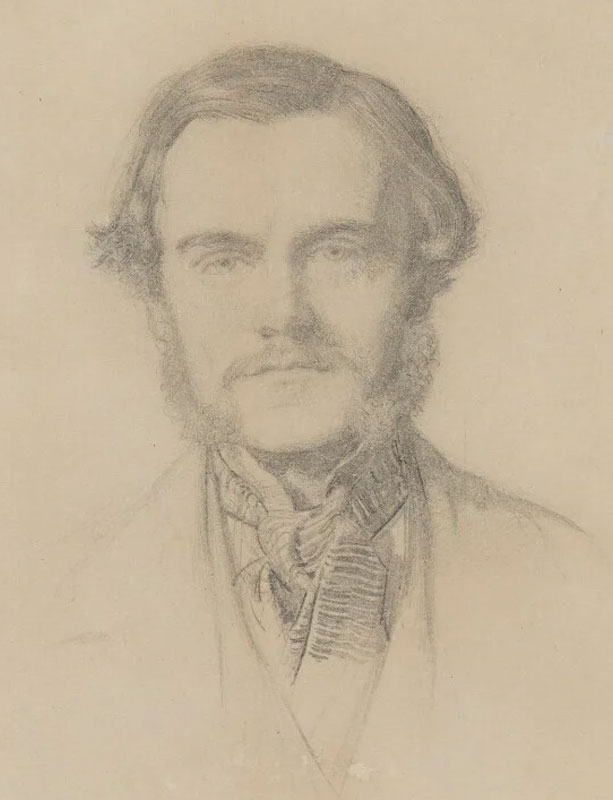
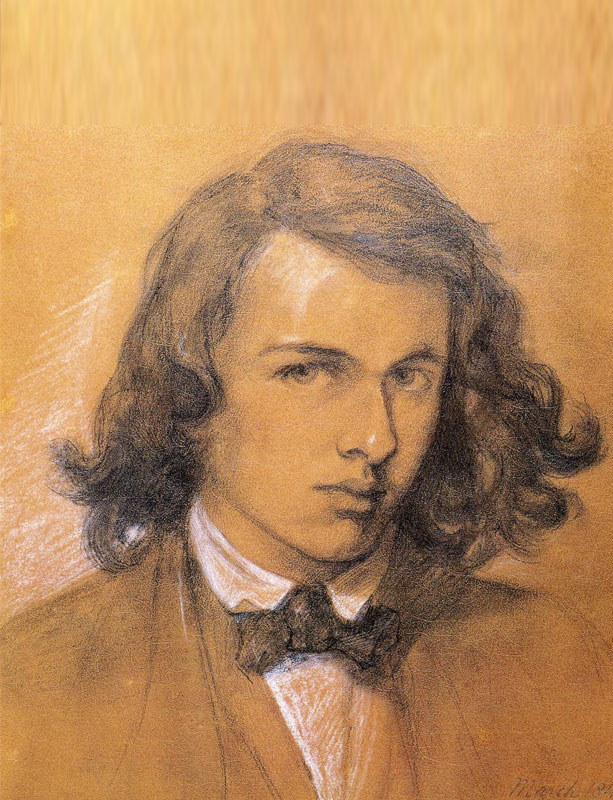
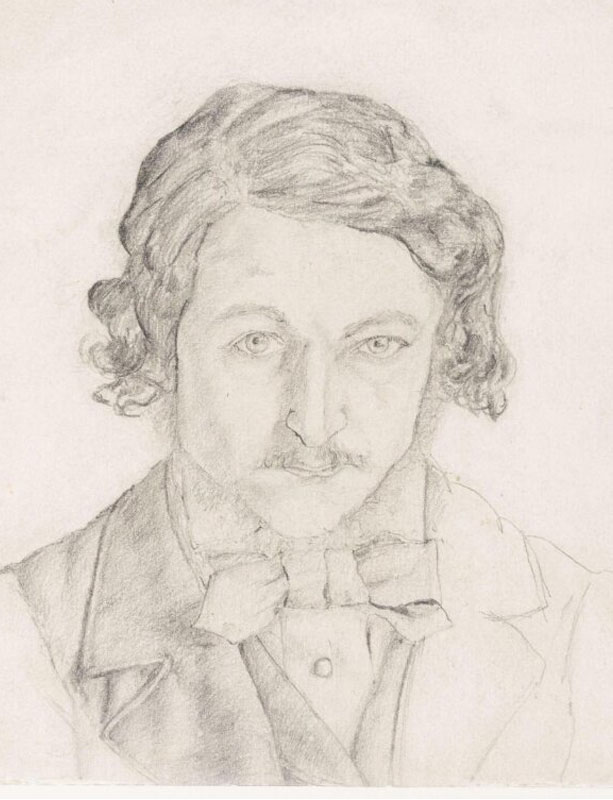
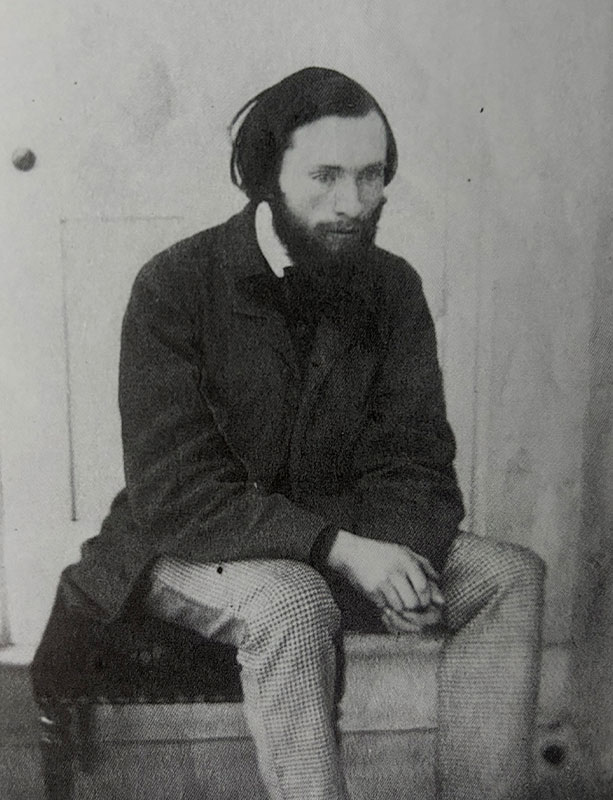
Inspired by the theories of John Ruskin, who urged artists to ‘go to nature’, they believed in an art of serious subjects treated with maximum realism. Their principal themes were initially religious, but they also used subjects from literature and poetry, particularly those dealing with love and death. They also explored modern social problems.
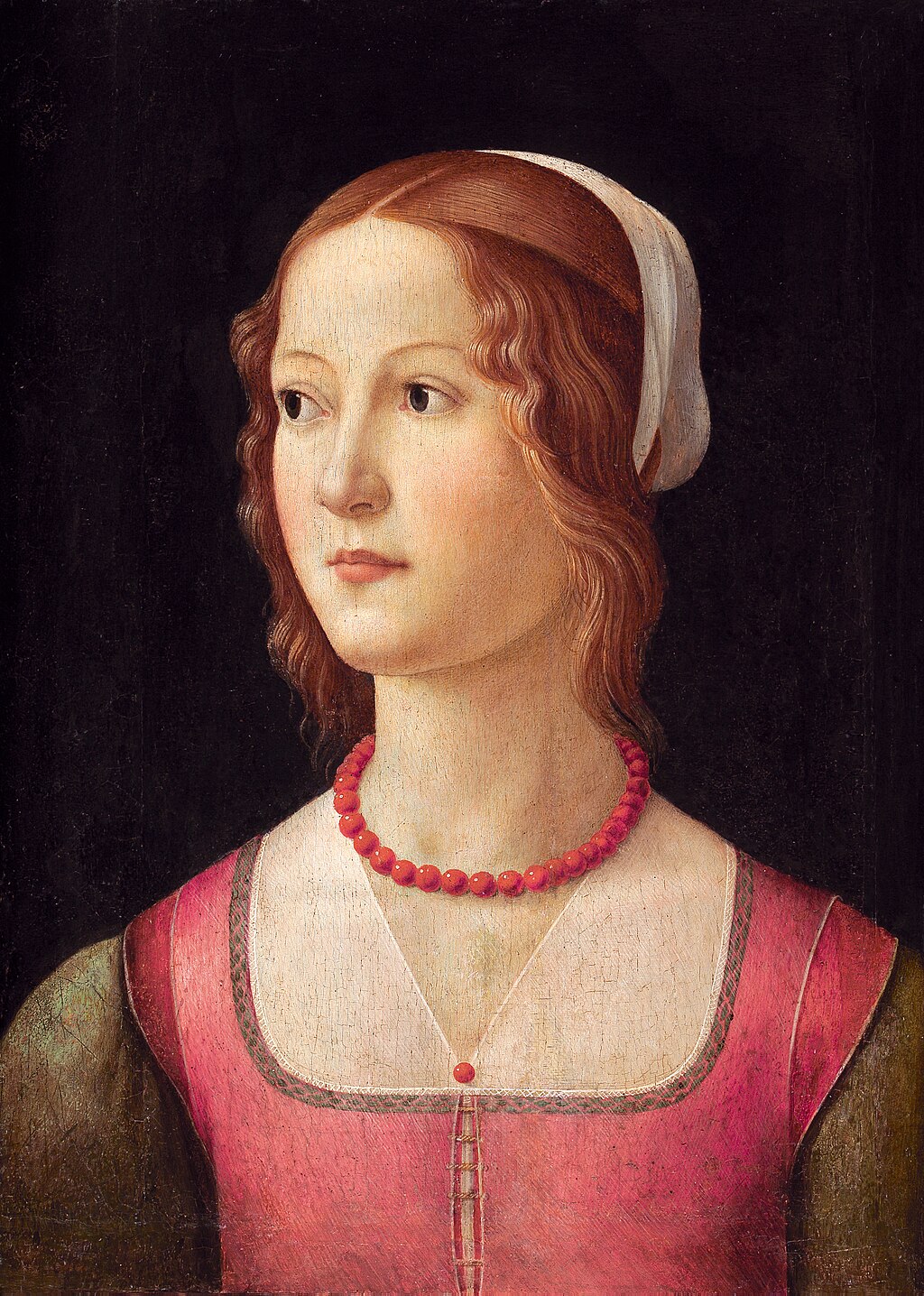
Its principal members were William Holman Hunt, John Everett Millais, and Dante Gabriel Rossetti. After initial heavy opposition the Pre-Raphaelites became highly influential, with a second phase of the movement from about 1860, inspired particularly by the work of Rossetti, making major contribution to symbolism. Later followers of the principles of the Brotherhood included Edward Burne-Jones and William Morris.
The group sought a return to the abundant detail, intense colors and complex compositions of Quattrocento Italian art – this, in itself, was a bit comical as very few of them had actually seen either Raphael nor the painters who came after him – what they were in fact objecting to.
In particular, the group objected to the influence of Sir Joshua Reynolds, founder of the English Royal Academy of Arts, whom they called “Sir Sloshua”. To the Pre-Raphaelites, according to William Michael Rossetti, “sloshy” meant “anything lax or scamped in the process of painting … and hence … any thing or person of a commonplace or conventional kind”.
The brotherhood’s early doctrines, as defined by William Michael Rossetti (Dante’s Brother and biographer of the group), were expressed in four declarations:
- to have genuine ideas to express;
- to study Nature attentively, so as to know how to express them;
- to sympathize with what is direct and serious and heartfelt in previous art, to the exclusion of what is conventional and self-parading and learned by rote; and
- most indispensable of all, to produce thoroughly good pictures and statues.
Influenced by Romanticism, the members thought freedom and responsibility were inseparable. Nevertheless, they were particularly fascinated by medieval culture, believing it to possess a spiritual and creative integrity that had been lost in later eras.
The emphasis on medieval culture clashed with principles of realism which stress the independent observation of nature. In its early stages, the Pre-Raphaelite Brotherhood believed its two interests were consistent with one another, but in later years the movement divided and moved in two directions. The realists were led by Hunt and Millais, while the medievalists were led by Rossetti and his followers, Edward Burne-Jones and William Morris. The split was never absolute, since both factions believed that art was essentially spiritual in character,
Technique
The Pre-Raphaelite Brotherhood was greatly influenced by nature and its members used great detail to show the natural world using bright and sharp-focus techniques on a white canvas. In attempts to revive the brilliance of color found in Quattrocento art, Hunt and Millais developed a technique of painting in thin glazes of pigment over a wet white ground in the hope that the colors would retain jewel-like transparency and clarity.
First Exhibitions
The first exhibitions of Pre-Raphaelite work occurred in 1849. Both Millais’s Isabella (1848–1849) and Holman Hunt’s Rienzi (1848–1849) were exhibited at the Royal Academy. Rossetti’s The Girlhood of Mary Virgin was shown at a Free Exhibition on Hyde Park Corner.
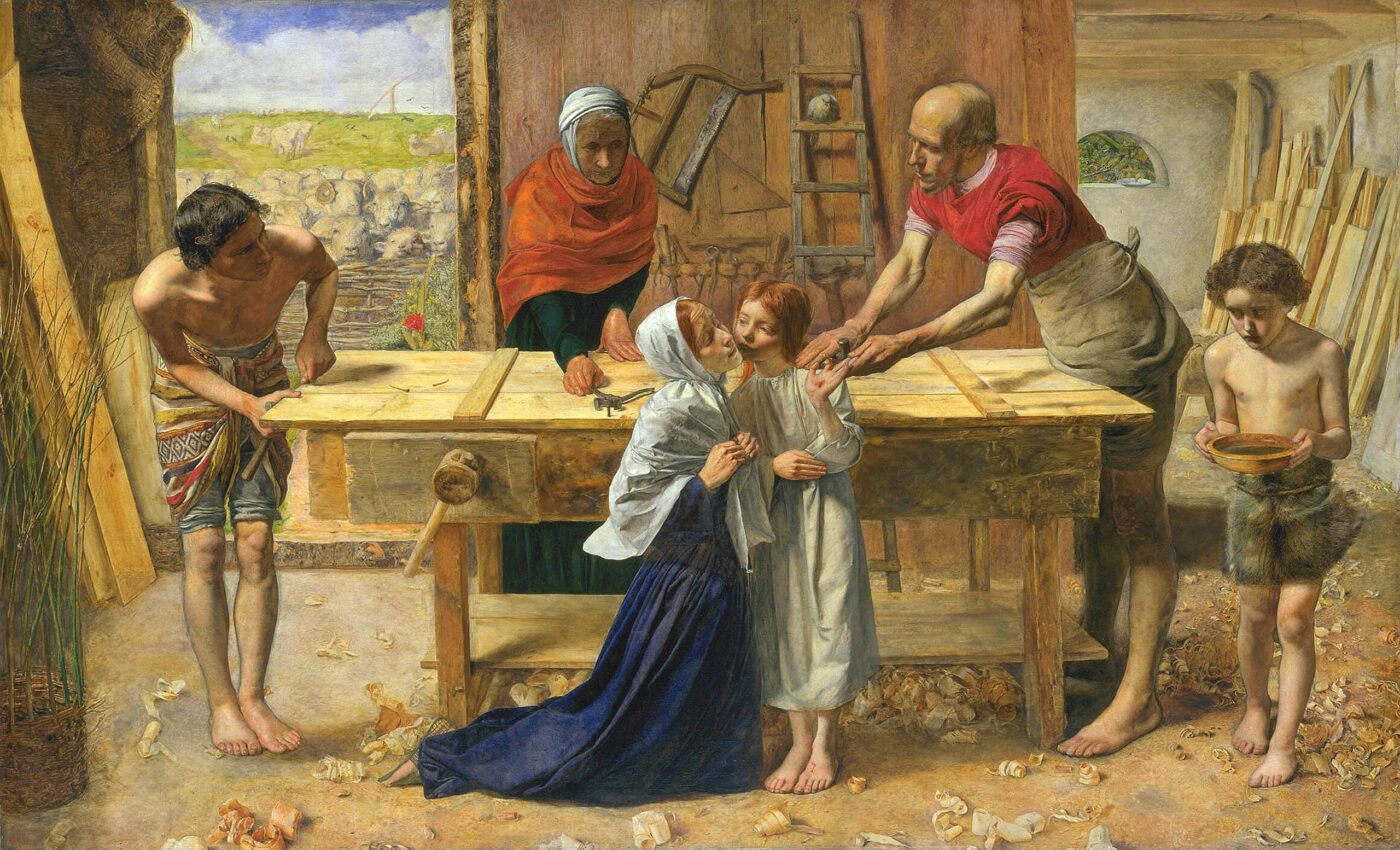
In 1850, the Pre-Raphaelite Brotherhood became the subject of controversy after the exhibition of Millais’ painting Christ in the House of His Parents was considered to be blasphemous by many reviewers, notably Charles Dickens. Charles Dickens accused Millais of portraying Mary as an alcoholic who looks “so hideous in her ugliness that … she would stand out from the rest of the company as a Monster, in the vilest cabaret in France, or the lowest gin-shop in England.” He described Jesus as a “wry-necked, blubbering red-headed boy in a bed-gown, who appears to have received a poke … playing in an adjacent gutter”.
The effect of the critical comments was to make the Pre-Raphaelite movement famous and to create a debate about the relationship between modernity, realism and medievalism in the arts. The critic John Ruskin supported Millais in a letter to the press and in his lecture “Pre-Raphaelitism” despite personally disliking the painting. The painting’s use of symbolic realism led to a wider movement in which the choice of composition and theme was combined with detailed observation.
The brotherhood found support from the critic John Ruskin, who praised its devotion to nature and rejection of conventional methods of composition. The Pre-Raphaelites were influenced by Ruskin’s theories. Initially, he favored Millais, who travelled to Scotland in the summer of 1853 with Ruskin and Ruskin’s wife, Euphemia Chalmers Ruskin, née Gray (now best known as Effie Gray). The main object of the journey was to paint Ruskin’s portrait. Effie became increasingly attached to Millais, creating a crisis. In subsequent annulment proceedings, Ruskin himself made a statement to his lawyer to the effect that his marriage had been unconsummated. The marriage was annulled on grounds of non-consummation, leaving Effie free to marry Millais, but causing a public scandal. Millais began to move away from the Pre-Raphaelite style after his marriage, and Ruskin ultimately attacked his later works. Ruskin continued to support Hunt and Rossetti and provided funds to encourage the art of Elizabeth Siddall, Rossetti’s wife.
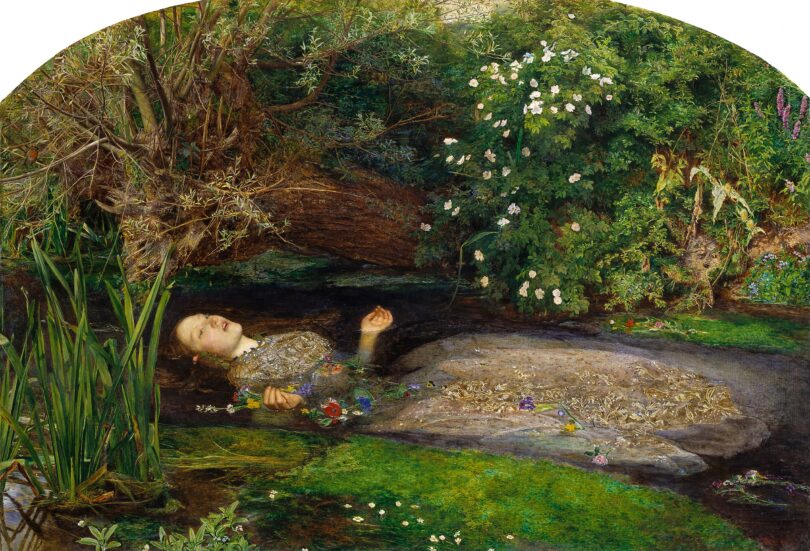





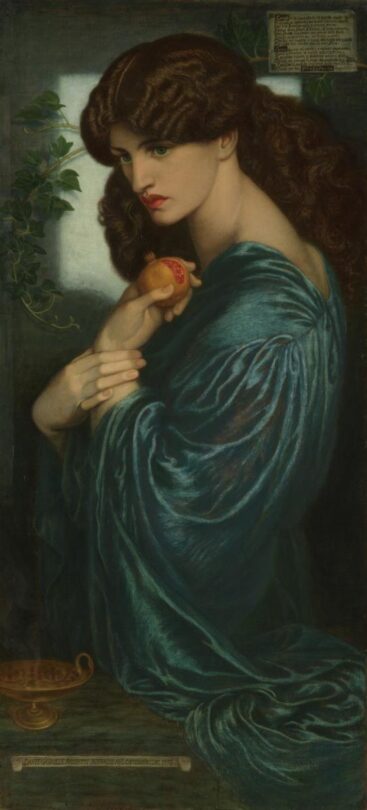

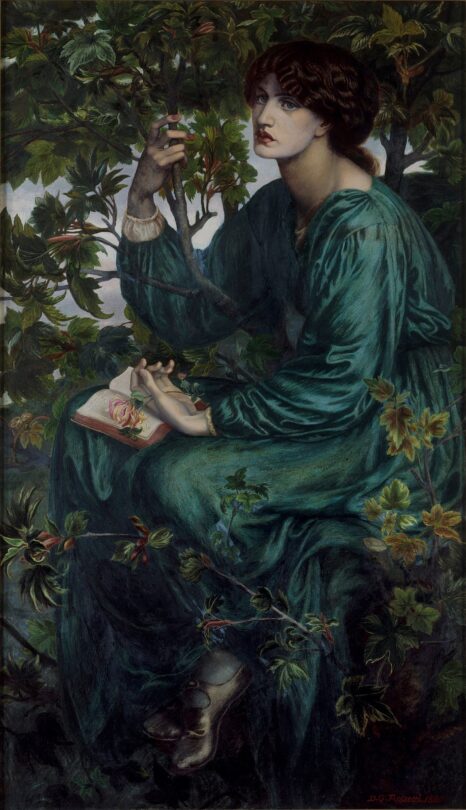
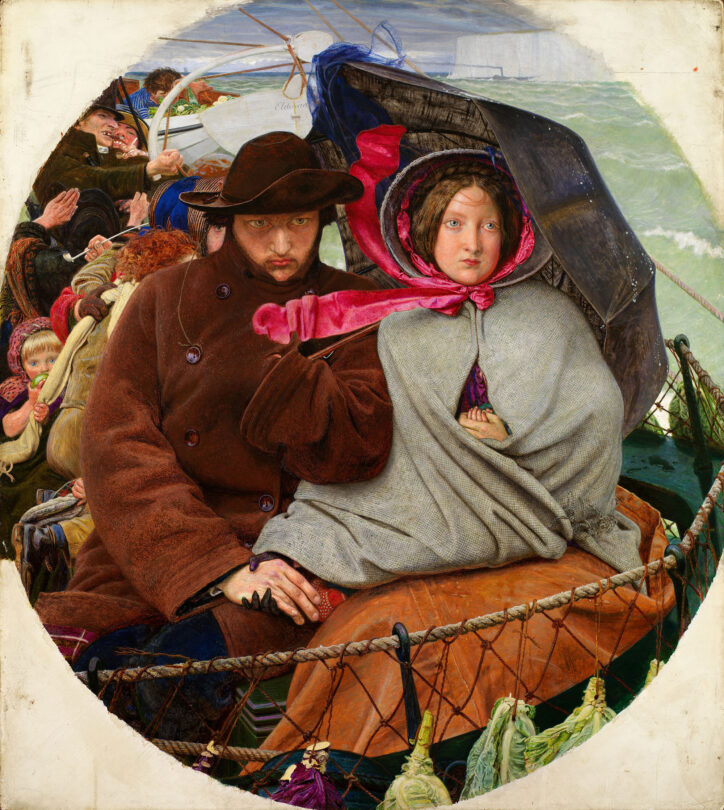
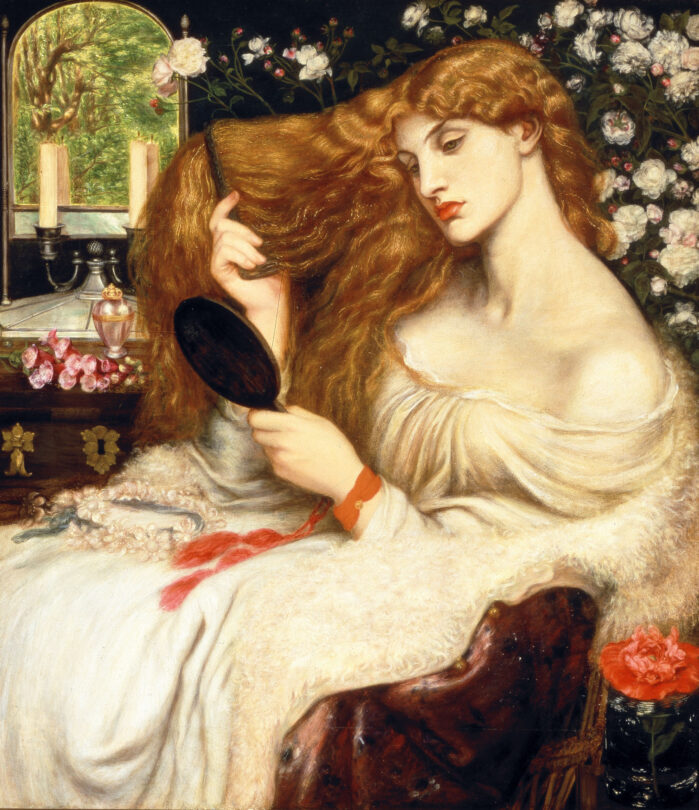
Short List of Recommended Reading
Here is just a short bibliography of Pre-Raphaelite books I can recommend personally. I own all of these and many more if you are ever interested.









